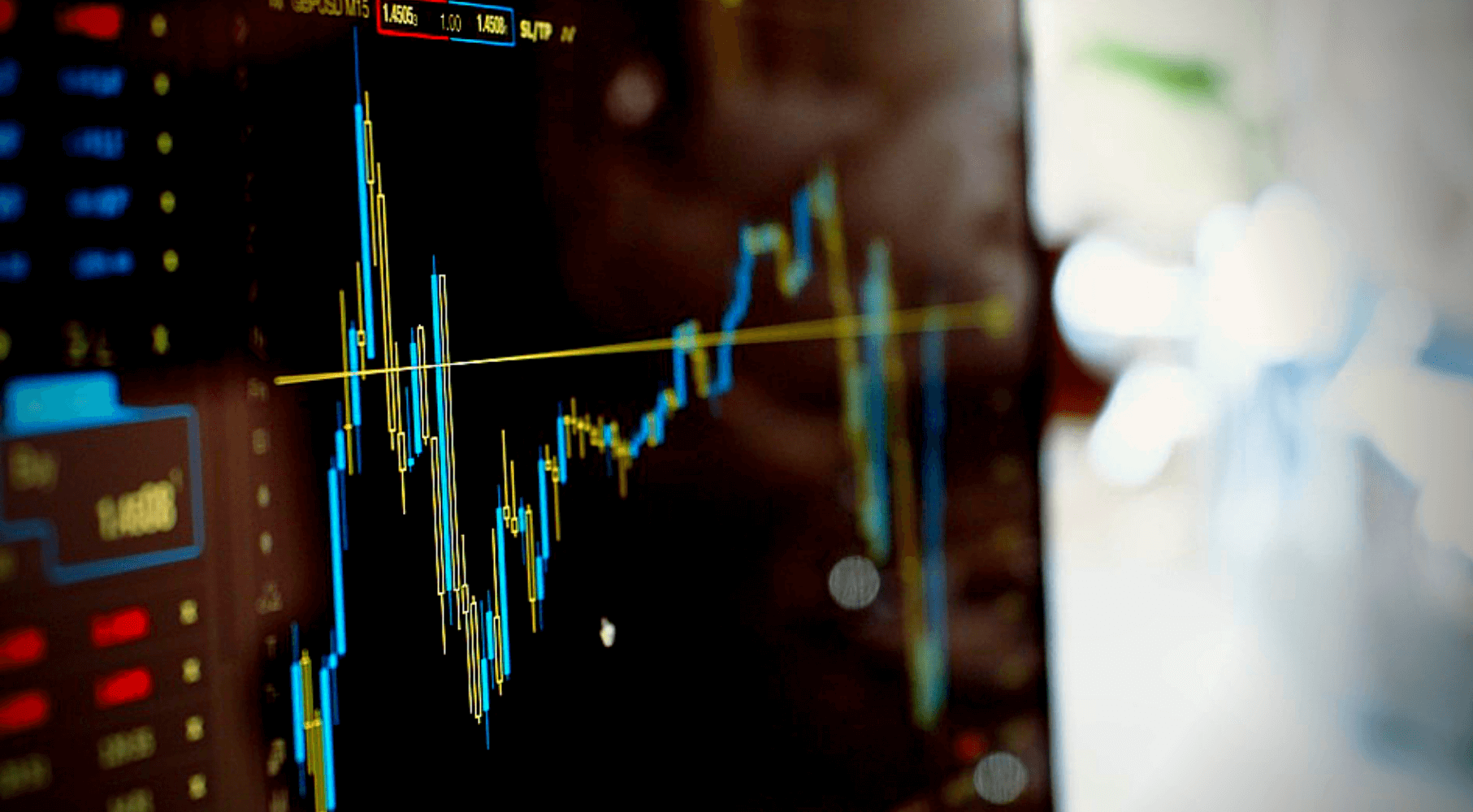 ‘Environmental, social and governance’ investments cannot be standardized to help make investment decisions: most component measures are simply too subjective, writes Jack Mintz in the Financial Post. Below is an excerpt from the article, which can be read in full here.
‘Environmental, social and governance’ investments cannot be standardized to help make investment decisions: most component measures are simply too subjective, writes Jack Mintz in the Financial Post. Below is an excerpt from the article, which can be read in full here.
By Jack Mintz, July 9, 2021
A new book tells the story of how impact investor Arif Naqvi was able to convince hundreds of senior business leaders, including Bill Gates, Prince Phillip and John Kerry, to provide him $14 billion to invest in projects with high returns while supporting game-changing social projects to reduce poverty and promote the energy transformation. The book, published this week by HarperCollins, is “The Key Man: The True Story of How the Global Elite was Duped by a Capitalistic Fairy Tale” by Wall Street Journal reporters Simon Clark and Will Louch.
According to Naqiv’s Abraaj Group website, its funds were awarded an A+ under the UN-supported Principles for Responsible Investment. That seems likely to have changed: Abraaj allegedly misappropriated US$780 million to Mr. Naqvi to support his and others’ conspicuous consumption. Assets were overvalued, management got expensive perks and a host of other governance problems plagued the Group.
Among the many lessons this cautionary tale teaches is that ESG — environmental, social and governance — which looms large in the UN’s ratings, is very hard to measure. The aim of ESG metrics is to help evaluate companies’ long-term investment performance and to provide information to investors who prefer companies that are not only profitable but also exhibit “good behaviour.”
The indices, however, are built on a foundation “as shaky as a fiddler on a roof.” Companies could have independent boards, strong shareholder rights and strict separation of chair and CEO positions — all big ESG wanna-haves — but still have rotten, even fraudulent management. Many companies “greenwash” their ESG results to make themselves look better. Some social components are hard to measure — “human rights,” for instance — and inherently subjective. Which metrics should get the most weight? How are complexities handled, such as when a company builds electric vehicles in Chinese plants powered by coal?
***TO READ THE FULL ARTICLE, VISIT THE FINANCIAL POST HERE***




